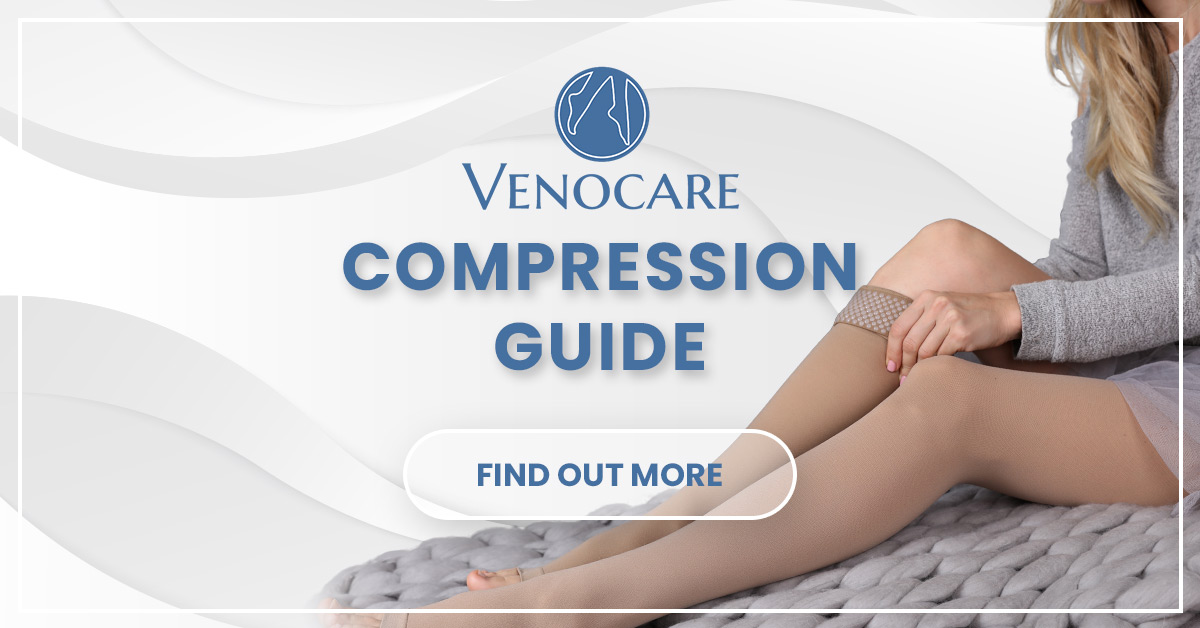Compression Guide
Compression Guide
How to choose the correct compressions socks and stockings
Compression hosiery is used to treat conditions in the legs and ankles caused by a change in the normal blood flow in the legs. It works by compressing against the legs to provide support which helps circulation. The compression is graduated i.e pressure is highest at the ankle and this pressure lessens gradually towards the top of the hosiery which helps blood flow back up the leg. The pressure which stockings provide also treat and prevent oedema (swelling) in the legs. Stockings can vary in the degree of compression depending on what condition the stocking is being used to treat. Below is a guide on how to select the correct stocking for your particular condition as well as a guide to the classification of our medical-grade stockings.
COMPRESSION GUIDE – IF YOU REQUIRE CLASS 3 AS PRESCRIBED BY YOUR DOCTOR YOU CAN CONTACT US DIRECTLY
Mild Compression
Venosan Support Socks.
Uses – For tired and aching legs with or without swelling (oedema) which can be caused by prolonged periods of standing or pregnancy. Used for mild varicose veins and spider veins
Moderate Compression
Legline 20 | VENOSAN® 4000 Class 1 | VENOSAN® 5000 Class 1 | VENOSAN® 6000 Class 1
Uses – Used for the same symptoms as our light compression stockings as well as for more pronounced varicose veins, early venous insufficiency (weakness in the veins which can lead to skin changes and ultimately leg ulcers). They can be used also to prevent the recurrence of minor leg ulcers. Prevention of DVT.
Firm Compression
Legline 30 | VENOSAN® 4000 Class 2 | VENOSAN® 5000 Class 2 | VENOSAN® 6000 Class 2 | VENOSAN® 7000 Class 2
Uses – Severe varicose veins and after surgery to remove varicose veins. Prevention of DVT. Chronic venous insufficiency (weakness in veins which can lead to skin changes and ultimately leg ulcers). Moderate lymphoedema.
MEDICAL CONDITIONS WITH WHICH IT IS RECOMMENDED NOT TO WEAR COMPRESSION STOCKINGS
NB It is always advisable to consult with a medical practitioner before wearing moderate to firm compression hosiery (especially the medical grade stockings) as they can assess your particular condition and advise on the level of compression which will suit you best.
Peripheral Arterial Disease
where there may be a lack of oxygen getting to the limbs
Peripheral Neuropathy
Nerve damage in the legs
Congestive Heart Failure
Cellulitis
An infection that occurs under the skin
Diabetes
Due to complications of this condition which can affect the legs, compression stockings should only be worn after consulting a medical practitioner
Known Allergy
to any component used in manufacture of a particular stocking


